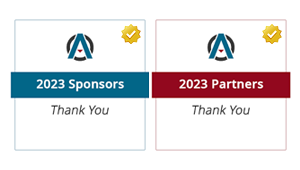Description :
Current Technological Trends
Technology has never been static. It is a work-in-progress, a discipline that responds to the needs and demands of the people who use it. The constant evolution is so fast that some people might be overwhelmed with all the changes and find it hard to keep up. For software developers, being left behind on the current technological trends is a huge no-no. Software development, in particular, is a very dynamic field. The rise of semantic web (billed as the future of the Web, aka Web 3.0) and the improvement of IT opened up whole new paths for software engineers and developers to take.
Here are some of the trends in software development that are expected to take hold in the software industry in 2013:
Agile Methodologies
Building software from the ground up is an unpredictable affair. Requirements change from time to time, and release/testing cycles can become uncontrollable. Because of its irregular nature, managers and teams working on the creation of software are now using agile methodologies in the software development process. Instead of the usual "waterfall" approach to development, agile methodology involves dividing the work cycle into repeating intervals called sprints or iterations. This method keeps things flexible; it gives teams a chance to constantly revisit and revise the projects they are working on without decreasing productivity.
Using (and Mastering) Multiple Programming Languages
IT and web technologies are constantly expanding. For example, there are lots of applications and software that work on an interoperational level among a multitude of platforms (like PCs, smartphones, and tablets). It is necessary for a software engineer to be able to create a product that can be accessed from these different devices and other access points. Using multiple programming languages can be a huge boost in developing software for interdependent web technologies. Modern scripting languages like Ruby on Rails (ROR) or Python can also make software development easier.
Cloud Computing
More and more businesses are embracing cloud computing as an integral part of their day-to-day operations. Cloud services and software aid in making business processes more flexible and convenient for business owners and their clients. This means that the demand for software that use cloud technology are at an all-time high.
Mobile Technology
The number of people who use mobile devices is steadily increasing. The value of mobile ecommerce is expected to hit $10 billion by 2013, according to a study by reportlinker.com. These gadgets have almost replaced the standard desktop PCs and laptops that people use for their daily computing needs. Android, Windows Phone, iOS, Blackberry OS and other mobile operating systems are the new battlegrounds for software developers. Providing consumers with software and applications on these platforms is highly essential to the future of IT and software development.
Location Based Computing
The integration of GPS into mobile devices has resulted into the popularity of apps and web services like Foursquare and Facebook location (Former Places). This phenomenon shows the great appeal of location based software among consumers and businesses. The burgeoning technology already shows great promise; there are various developments on its application in the fields of education, health and entertainment.
RECOMMENDED ARTICLE: The Future Landscape of Software Development
RECOMMENDED ARTICLE: The Future Landscape of Software Development
Thanks for checking out our article! For further information on this topic please contact us and one of our customer representatives will respond.
*by andreascy*















